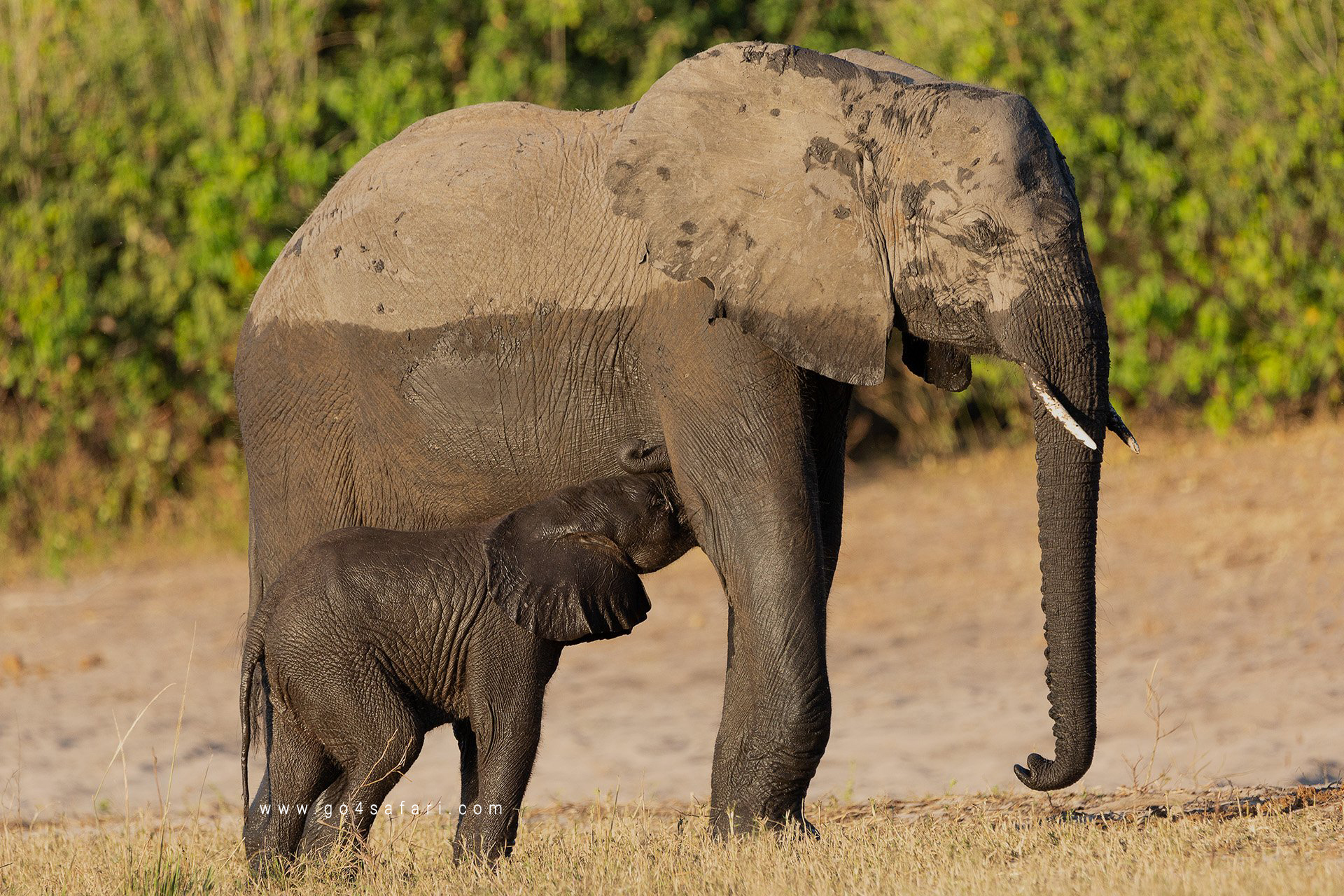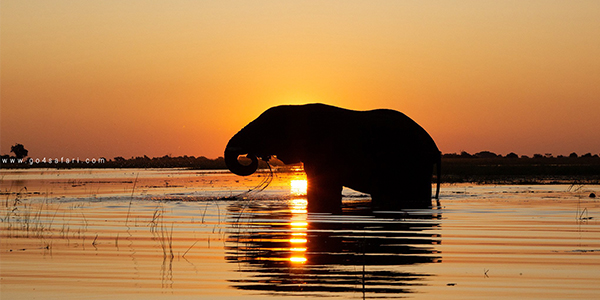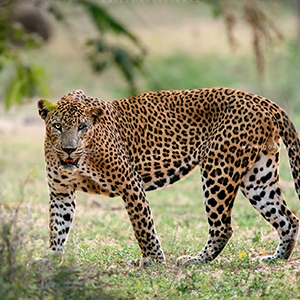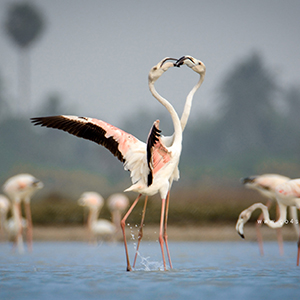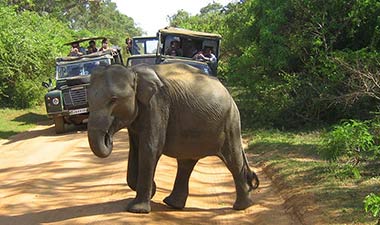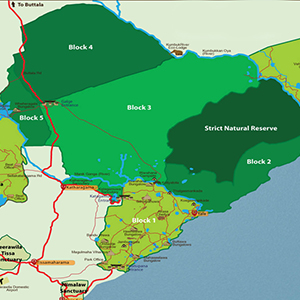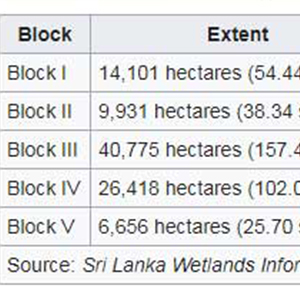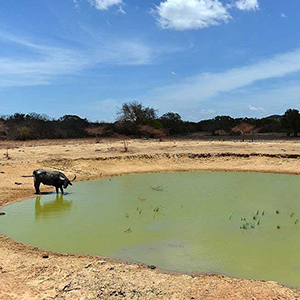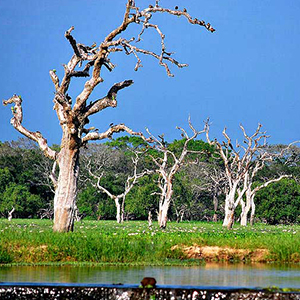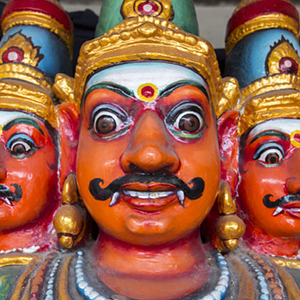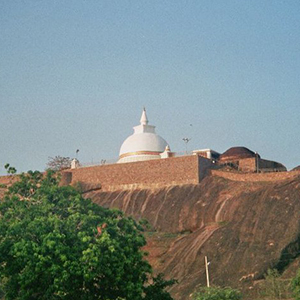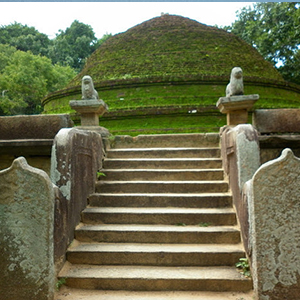Experience the Best Yala Safari Tours with us
Yala Safari: A Wildlife Lover's Paradise
If you're looking for a place to experience a thrilling wildlife safari, Yala National Park is the perfect destination. Located in Sri Lanka, Yala is renowned for its savanna-like terrain and occasional forested areas, which provide the ideal habitat for a diverse range of animals.
Yala is home to a wide variety of wildlife, including mammals, reptiles, amphibians, invertebrates, and birds. With a high animal density, relative to other national parks, Yala Safari offers an unparalleled opportunity to spot animals with minimal effort and time. So, whether you're a seasoned safari-goer or a first-time visitor, Yala is guaranteed to provide you with a memorable experience.
One of the main attractions of Yala is the Sri Lankan leopard, the only big cat found in the country. With no other predators to challenge them, the leopard population in Yala has escalated to the world's highest density. Here, leopards are not elusive cats, but are seen proudly sauntering along all over the park, playing and hunting.
In addition to leopards, Yala is also home to a herd of majestic Sri Lankan elephants, which contains 300-350 individuals. Visitors have the chance to spot 44 species of mammals in the park, including sloth bears, water buffalos, fishing cats, toque macaques, red slender lorises, and golden palm civets. Moreover, Yala is home to 47 species of reptiles, six of which are endemic to Sri Lanka. These include Boulenger's callback, Sri Lankan flying snake, Wiegmann's agama, Sri Lankan Krait, Bahir's fan-throated lizard, and painted-lip lizard.
If you're a bird enthusiast, Yala will not disappoint you. The park is an Important Bird Area, with 215 recorded bird species, seven of which are endemic to Sri Lanka. You can spot the Sri Lanka junglefowl, grey hornbill, Sri Lanka wood pigeon, black-capped bulbul, crimson-fronted barbet, and brown-capped lagoons during your visit. Moreover, the lagoons of Yala attract thousands of migrant waterfowl during the northeast monsoon.
However, be aware that during peak season, Yala Safari park can get crowded with tourist jeeps. If you're not a fan of the crowd, you can visit other safari parks in Sri Lanka, of which there are 25, or you can visit Yala during the off-season. Despite the crowd, Yala National Park is a must-visit place for any wildlife enthusiast.
So, pack your bags and head to Yala Safari for an unforgettable adventure in the heart of nature.
